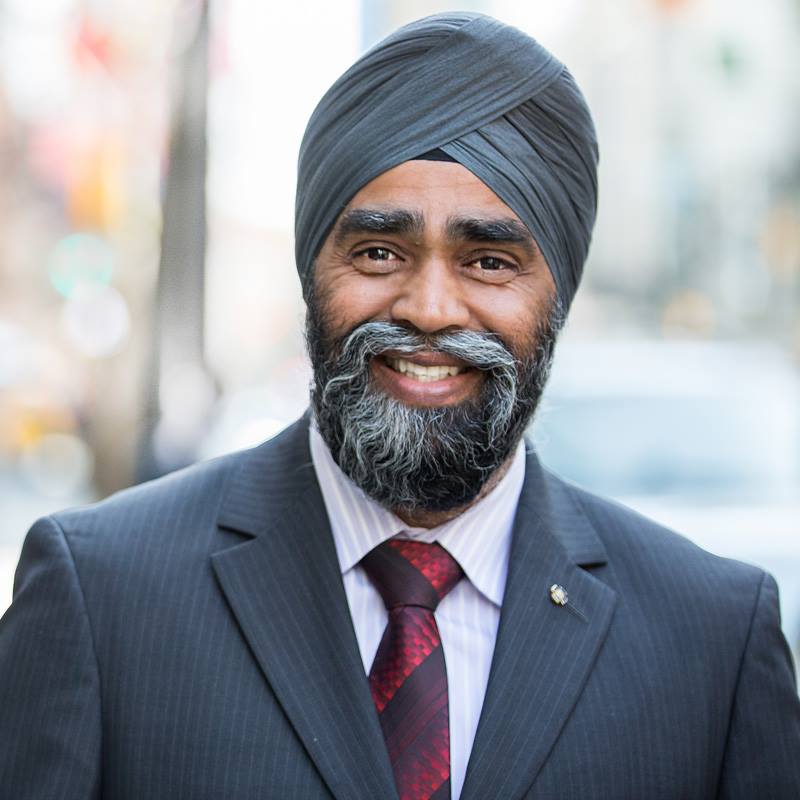
OTTAWA — Defence Minister Harjit Sajjan is expected to set the stage Wednesday for the Liberals’ much-anticipated defence policy by casting a glaring light on what senior defence sources say is a massive “hole” in military spending.
The hole has been caused by years of under-investment in the Canadian Armed Forces, the sources argue, and resulted in little-to-no money for the replacement of essential but aging equipment.
That includes new logistical vehicles and construction equipment such as bulldozers for the army, surveillance aircraft for the air force, and satellites for communications in the Arctic.
The sources spoke on condition of anonymity.
The shortfall, which adds up to tens of billions of dollars, also includes upgrades to the military’s current fleet of search-and-rescue helicopters and training for aircrews.
The result is that work that should have already been underway to acquire a long list of equipment and services that the military needs to do its job has been stalled, the sources said, if it has started at all.
Training and even support and benefits for military personnel have also failed to keep up.
The full extent of the problem hasn’t been well understood outside National Defence even by experts, the sources said, and caught the Liberals by surprise when they took office in November 2015.
It has since posed a real challenge as the government has drawn up its new defence policy, which is expected to be unveiled before NATO leaders gather in Belgium later this month.
The hole will be Sajjan’s main focus when the minister addresses defence industry representatives and experts at a Conference of Defence Associations Institute luncheon on Wednesday.
Sajjan is not expected to reveal how the Liberals plan to address the problem, including whether the government plans to put more money into the military or scrap some planned purchases.
Those details will have to wait for the actual defence policy, which the government says will be fully costed.
The Liberals ran in the last election on a promise to create a “leaner, more agile” military, but the sources noted the government wants more than the 65 new fighter jets previously promised by the Conservatives.
Canada is also facing pressure from the U.S. and NATO to increase its defence spending, which currently sits at around one per cent of GDP — half NATO’s two-per-cent target.
The presence of a gap between what the military needs and the money available won’t come as a surprise to some defence analysts who have been warning about such a problem for years.
David Perry of the Canadian Global Affairs Institute has previously estimated a gap of about $2 billion per year between current funding levels and promised new equipment in the next few years.
The Parliamentary Budget Office released its own assessment in March 2015 that said the country’s military structure would become unsustainable over the next decade under existing defence spending levels.
A variety of factors have been blamed for the problem, including poor cost estimates during project planning and government’s refusal to add more money when delays result in cost increases from inflation.
Gen. Jonathan Vance, the chief of defence staff, told The Canadian Press in an interview in March that he was eager to see the new defence policy, which has promised to put the military on a strong footing.
“The here and now is fine, we’re delivering,” Vance said. “But going forward, that’s when the government committed to sustainable, progressive armed forces.”
Sajjan has been under intense pressure over the past few days after having to apologize and retract comments he made about his role in Operation Medusa in Afghanistan.